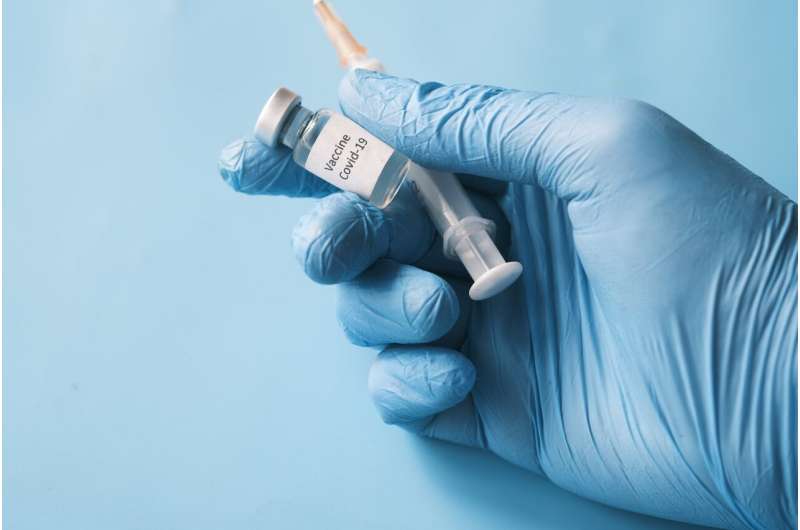Innovative Balloon-Assisted Technique Proven Safe and Effective for Transcatheter Mitral Valve Replacement

Recent findings from an extensive international registry demonstrate that balloon-assisted anterior mitral leaflet modification (BATMAN) is a safe and efficient technique for patients undergoing transcatheter mitral valve replacement (TMVR). Presented as late-breaking research at the Society for Cardiovascular Angiography & Interventions 2025 Scientific Sessions, the study highlights the benefits of this novel approach, including shorter procedure durations.
In the United States alone, approximately four million individuals suffer from mitral valve regurgitation, the most common type of heart valve disease. TMVR offers a minimally invasive alternative to traditional open-heart surgery for repairing faulty mitral valves. However, a complication known as left ventricular outflow tract (LVOT) obstruction, which can severely impair blood flow and lead to heart failure, remains a significant concern during TMVR procedures.
The BATMAN technique was developed to mitigate this risk. The study involved 41 high-risk patients across 12 major heart centers in the U.S., Canada, and Europe. These patients underwent transseptal TMVR combined with balloon-assisted modification of the anterior mitral leaflet, aiming to prevent LVOT obstruction. The primary goals were to assess the success rate of the procedure without LVOT obstruction and to evaluate in-hospital safety, including death, stroke, or major structural complications.
Results showed that the primary efficacy endpoint was achieved in 92.7% of cases. All procedures involved successful leaflet traversal and balloon laceration, with no residual LVOT obstruction observed. The median time between leaflet modification and valve implantation was only 28 minutes, indicating a streamlined process.
Regarding safety, major adverse events occurred in 9.8% of patients, including two deaths in the Valve-in-Mitral annular calcification group and one in the Valve-in-Valve group. No structural cardiac complications or strokes were reported. According to Dr. Gennaro Giustino, lead author of the study, the BATMAN technique offers an excellent alternative to the more complex and steep-learning curve LAMPOON technique, especially beneficial in ViR and ViV procedures. This advancement provides physicians with an additional, reliable option to prevent LVOT obstruction during TMVR.
Further research is planned to refine the BATMAN method and compare its efficacy directly with existing techniques like LAMPOON, aiming to optimize patient outcomes.
Source: https://medicalxpress.com/news/2025-05-balloon-procedure-safe-effective-patients.html
Stay Updated with Mia's Feed
Get the latest health & wellness insights delivered straight to your inbox.
Related Articles
Neural 'Pedometer' in Rats and Humans Tracks Distance Estimation
Researchers at the University of St Andrews have uncovered a neural 'pedometer' mechanism in rats and humans that helps estimate traveled distance, with potential implications for early diagnosis of Alzheimer's disease.
COVID-19 Vaccination During Pregnancy Leads to Improved Neonatal Outcomes Without Increased Maternal Risks
Research shows COVID-19 vaccination during pregnancy reduces infection risk and improves neonatal outcomes without increasing maternal health risks, supporting its safety and efficacy.
Rise in Spice-Contaminated Vapes Found in English Schools and Online Market
A new study finds that up to 25% of confiscated vapes in English schools contain dangerous spice, with online markets making these products easily accessible to youths, raising urgent safety concerns.
Scientists Discover How the Skin Detects Cool Temperatures and Its Implications
A recent study enlightens how the skin communicates cool sensations to the brain through a dedicated neural pathway, deepening our understanding of temperature perception and its medical implications.



